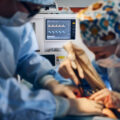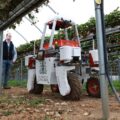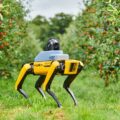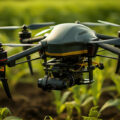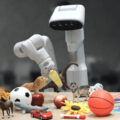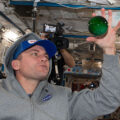Anesthesia plays a critical role in modern medicine, ensuring patients undergo surgical procedures safely and comfortably. However, administering anesthesia requires precision and careful monitoring to avoid complications. With advancements in robotics, the field of anesthesia has seen significant innovations aimed at enhancing safety, precision, and patient outcomes. In this blog post, we’ll explore the latest robotic innovations in anesthesia and their impact on medical practice.
Robotic-Assisted Anesthesia Delivery Systems:
One of the most notable innovations in anesthesia is the development of robotic-assisted anesthesia delivery systems. These systems utilize robotic technology to precisely control the administration of anesthesia drugs, ensuring accurate dosing tailored to each patient’s needs. By incorporating advanced sensors and monitoring capabilities, these systems can continuously assess the patient’s vital signs and adjust anesthesia levels in real-time, optimizing patient safety and minimizing the risk of complications.
Enhanced Precision in Regional Anesthesia:
Robotic technology has also revolutionized the field of regional anesthesia, which involves numbing specific areas of the body for surgical procedures or pain management. Robotic-assisted techniques enable anesthesiologists to precisely target nerves or nerve clusters with greater accuracy, leading to more effective pain relief and improved patient outcomes. Additionally, robotic guidance systems provide real-time feedback during nerve block procedures, ensuring optimal needle placement and reducing the likelihood of nerve damage or injury.
Remote Monitoring and Tele-Anesthesia:
In recent years, telemedicine and remote monitoring technologies have become increasingly integrated into healthcare delivery, including the field of anesthesia. Robotic-assisted tele-anesthesia systems allow anesthesiologists to remotely monitor patients’ vital signs, anesthesia levels, and physiological responses during surgery from a centralized location. This enables anesthesiologists to provide continuous supervision and intervention, even in remote or underserved areas, enhancing patient safety and access to specialized care.
Training and Simulation with Robotic Anesthesia Simulators:
Another significant application of robotics in anesthesia is the development of simulation-based training systems for anesthesiology education. Robotic anesthesia simulators provide trainees with realistic scenarios and hands-on experience in administering anesthesia, managing complications, and responding to critical events. These simulators offer a safe and controlled environment for learning and skill development, allowing trainees to refine their techniques and decision-making abilities before practicing on actual patients.
Addressing Challenges and Future Directions:
While robotic innovations in anesthesia hold great promise for improving patient safety and outcomes, challenges remain in terms of cost, accessibility, and integration into clinical practice. However, ongoing research and development efforts continue to address these challenges and drive further advancements in robotic-assisted anesthesia technologies. Looking ahead, the integration of artificial intelligence, machine learning, and robotic automation is expected to further enhance the precision, efficiency, and safety of anesthesia delivery, ultimately benefiting patients and healthcare providers alike.
Robotic innovations in anesthesia represent a significant advancement in modern healthcare, offering new opportunities to enhance patient safety, precision, and outcomes. From robotic-assisted anesthesia delivery systems to tele-anesthesia and simulation-based training, robotics is transforming the field of anesthesia in profound ways. By embracing these innovations and leveraging robotic technology, anesthesiologists can provide safer, more personalized care to patients undergoing surgical procedures, paving the way for a brighter future in anesthesia practice.
